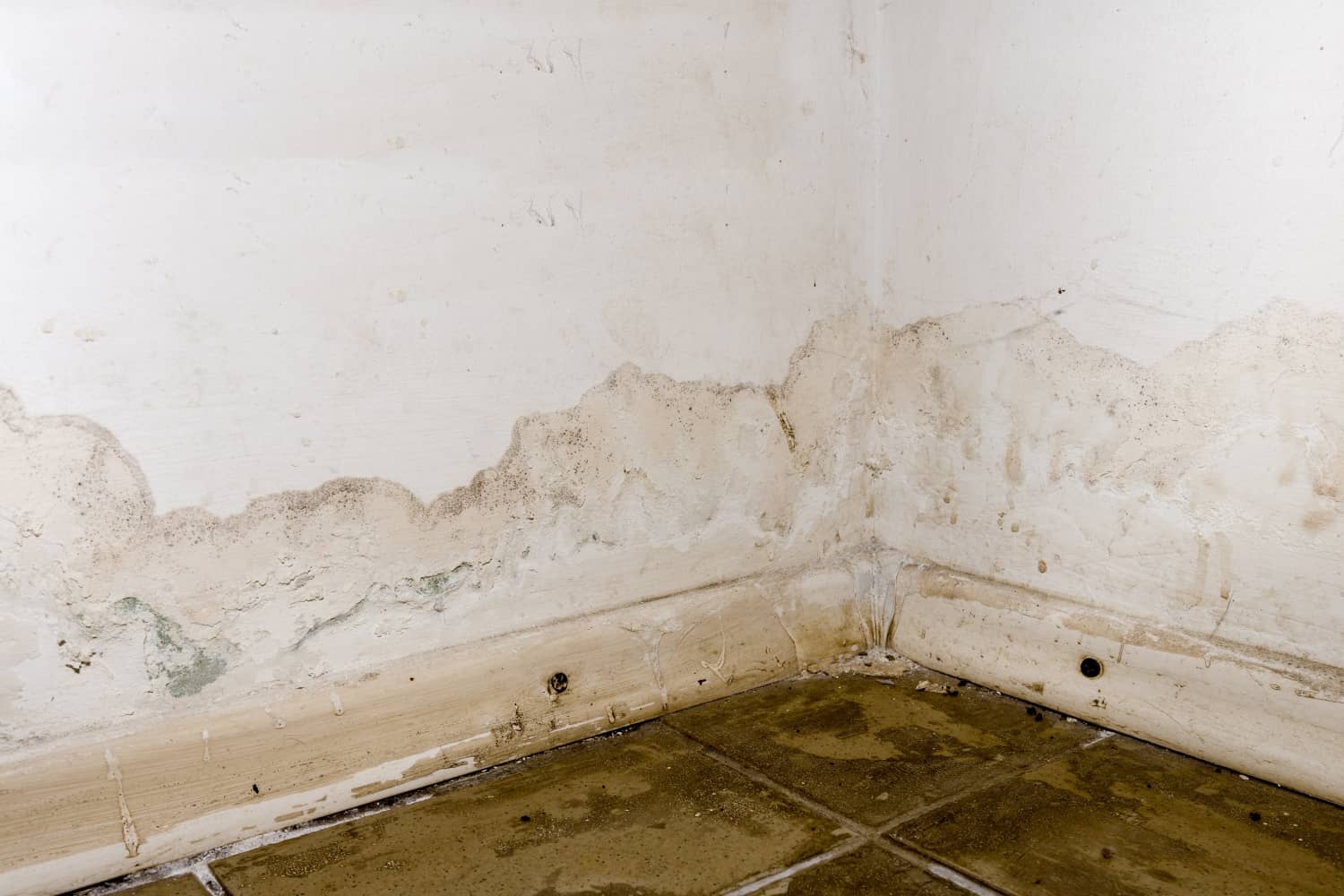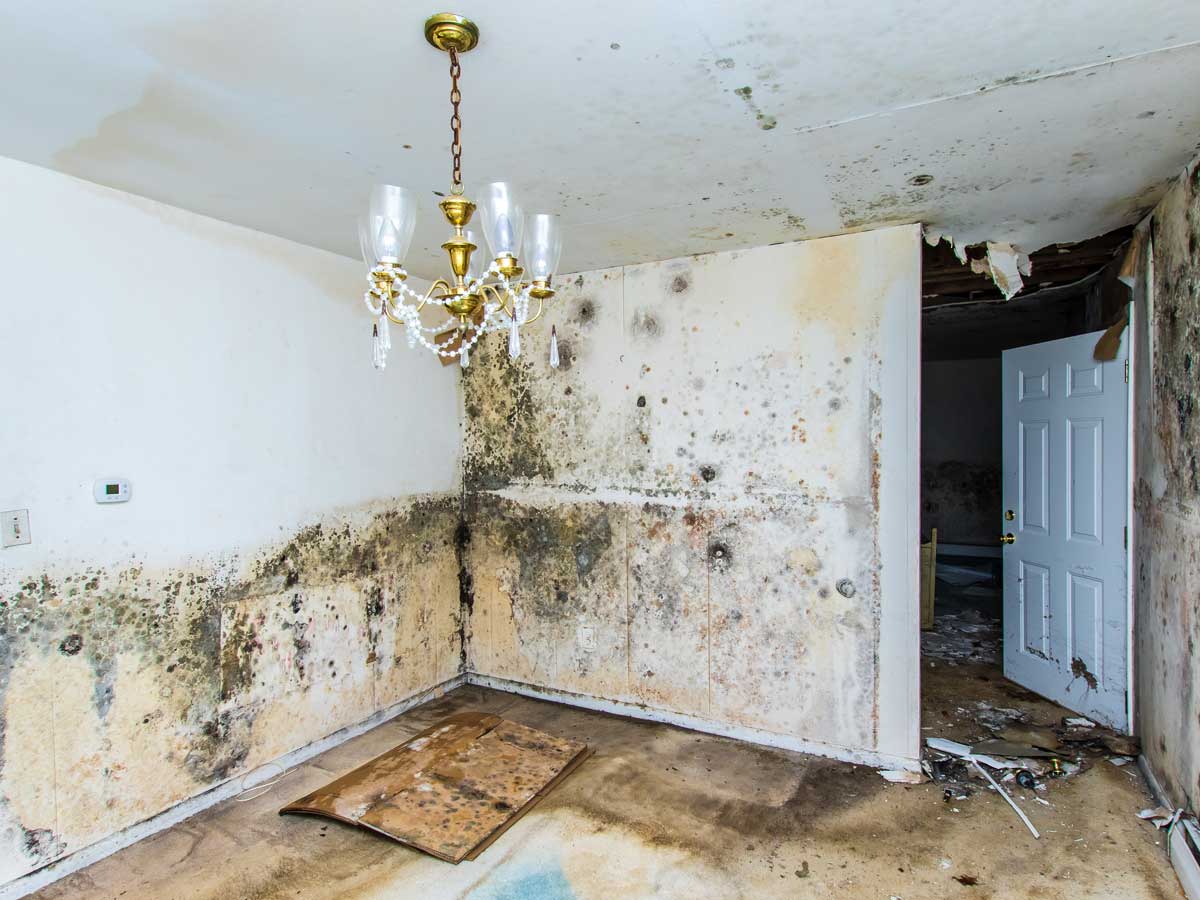Emergency Water Leak Repair to Prevent Further Property Destruction
Emergency Water Leak Repair to Prevent Further Property Destruction
Blog Article
The Refine of Water Damage Cleaning: Ensuring Your Home Is Restored Successfully
Water damage can be an overwhelming obstacle for home owners, demanding a structured and careful clean-up procedure to bring back safety and performance. A comprehensive assessment is crucial to identify the level of the damage and establish the suitable remediation actions. Following this, reliable water extraction strategies play an essential function in alleviating more injury. The nuances of drying out, sanitizing, and ultimate repair are equally vital and often overlooked. Understanding these phases can make a considerable difference in the outcome of your home's reconstruction, triggering a closer check out what each step requires.
Analyzing the Damages
Upon uncovering water damage, the very first step is to completely evaluate the extent of the effect. This initial evaluation is critical, as it helps establish the required actions for effective clean-up and remediation. Begin by evaluating the influenced locations, including wall surfaces, ceilings, floorings, and personal valuables, to determine the resource of the water invasion, whether from flooding, leakages, or condensation.
Recording the damages is crucial for both insurance coverage claims and intending repair efforts - damage restoration services. Use photographs and composed notes to capture the intensity of the damage, keeping in mind any type of affected structural components and products. Pay unique focus to areas that might not be instantly visible, such as behind walls and under carpets, as hidden dampness can cause additional problems, including mold and mildew growth
Additionally, analyze the timeline of the water direct exposure. The longer the materials stay wet, the better the capacity for damage. Recognizing the duration of direct exposure will notify the seriousness of remediation efforts. Inevitably, an extensive analysis lays the foundation for a successful water damages clean-up procedure, guaranteeing that all affected locations are dealt with properly and thoroughly.
Water Removal Techniques
:max_bytes(150000):strip_icc()/GettyImages-1499353990-49a5c958582445b0a55dbceda3a9097d.jpg)
Professionals normally use submersible pumps for bigger volumes of water, which can rapidly relieve flooding in basements or various other influenced areas. For smaller amounts, wet/dry vacuum cleaners are usually used to draw out residual dampness from rugs and tough surface areas. In addition, making use of mobile extractors enables targeted elimination in confined areas or areas with delicate materials.
In instances of polluted water, such as sewage or floodwater, progressed extraction methods may entail using biohazard equipment to make sure safety and conformity with health and wellness policies. High-powered removal tools are important in lessening water retention in structural materials, which can cause mold growth and architectural degeneration if not attended to immediately.
Eventually, the effectiveness of water extraction techniques plays a crucial function in the total success of the water damage cleaning procedure, laying the foundation for succeeding reconstruction initiatives.
Drying and Dehumidification
Once standing water has actually been efficiently extracted, the following vital phase in the water damages cleaning process is drying and dehumidification. This step is vital to prevent further damage and mold development, which can occur within 24 to 2 days in damp settings.
To achieve effective drying, specialized devices such as industrial-grade air moving companies and dehumidifiers is utilized. Air moving companies distribute air across damp surfaces, improving evaporation rates, while dehumidifiers minimize humidity degrees in the air, promoting a favorable setting for drying. The mix of these tools guarantees that wetness is extracted from floors, home furnishings, and walls, permitting them to dry completely.
It is very important to keep track of the drying out process closely. Specialists usually use wetness meters to analyze the dampness web content in various products, making certain that all influenced areas get to appropriate dryness levels. This precise method helps to stop hidden wetness pockets that can result in architectural damage or undesirable mold growth.

Cleaning and Disinfecting
After the drying and dehumidification stage is full, the following vital action in water damages clean-up is cleaning and disinfecting the influenced locations. This procedure is crucial to avoid the development of mold, microorganisms, and other virus that thrive in wet atmospheres.
The cleaning stage normally involves removing any type of debris, dust, and pollutants from surface areas making use of specialized cleaning representatives. For tough surface areas, a mix of soap and water or industrial cleaning items is typically used. Soft materials, such as furniture and rugs, may call for extra substantial cleansing methods, consisting of vapor cleaning or deep extraction techniques, to make sure complete hygiene.

Disinfecting complies with cleaning, making use of EPA-approved anti-bacterials to eliminate harmful bacteria. This action is important, especially in locations that might have entered contact with floodwaters or sewage, as these sources can present severe wellness risks.
Furthermore, it is very important to deal with any kind of staying who to call for water damage smells, which might need using smell neutralizers or innovative methods like ozone treatment. Appropriate cleaning and sanitizing not just recover the safety and hygiene of your home however also prepared for effective remediation and fixings in subsequent phases of the water damage clean-up process.
Repair and Fixings

Once the assessment is complete, reconstruction initiatives can start. go now This commonly involves fixing or replacing damaged products, making sure that all work adheres to local building codes and criteria. For instance, if drywall has been endangered, it will need to be gotten rid of and replaced with new product. Furthermore, flooring may need similar interest, relying on the level of water exposure.
It is essential to involve seasoned restoration experts during this process, as they have the experience to deal with complicated repair services efficiently. They can assist minimize possible future concerns, such as mold growth or structural instability, hence making sure a safe and habitable living atmosphere. Eventually, reliable remediation and fixings bring back the home's honesty and improve its total worth.
Conclusion
Finally, the process of water damages cleanup is important for restoring a home to its pre-damage condition. Each stage, from examining the damages to implementing reliable water click for more info removal strategies, followed by detailed drying, sanitizing, and necessary repair work, plays a crucial function in making sure security and compliance with structure criteria. Effective implementation of these steps not just minimizes instant damages however additionally boosts the long-lasting integrity and value of the residential or commercial property.
Water damage can be a daunting challenge for house owners, demanding a precise and structured clean-up procedure to recover security and capability. Inevitably, a detailed evaluation lays the foundation for a successful water damages cleanup process, guaranteeing that all impacted areas are addressed successfully and thoroughly.
Effective water extraction strategies are essential in alleviating damages and stopping further difficulties adhering to a water invasion event.In conclusion, the procedure of water damage cleaning is crucial for bring back a home to its pre-damage problem. Each stage, from evaluating the damage to carrying out effective water removal methods, followed by detailed drying, disinfecting, and needed repair services, plays an important duty in making sure safety and security and conformity with building requirements.
Report this page